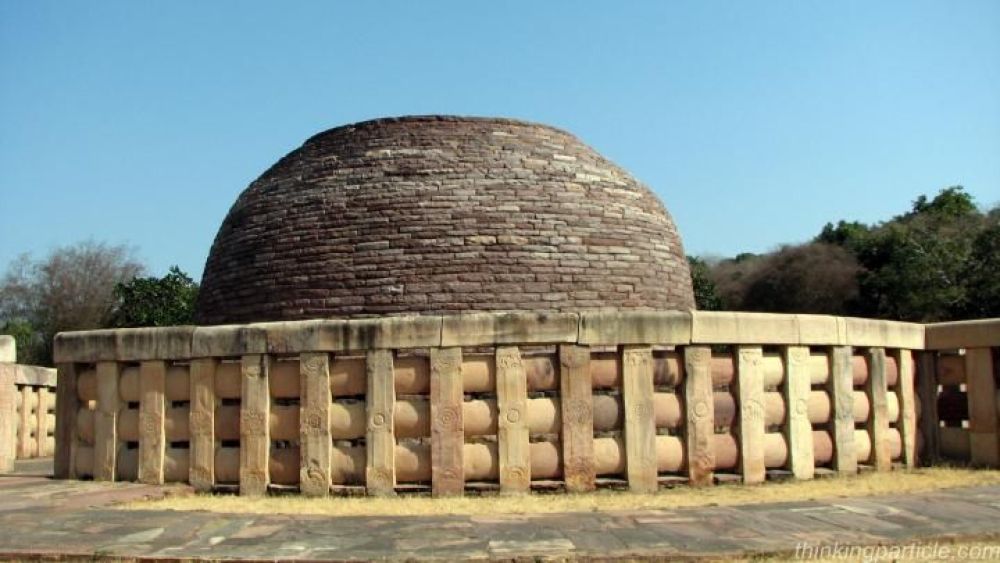

Sanchi Stupa No. 2 is one of the most important Buddhist monuments reflecting gemstones of Buddhist art and architecture. Located in Sanchi town in the state of Madhya Pradesh, India, this stupa, along with others at the site, was designated as a UNESCO World Heritage Site in 1989. Let us take a journey through the corridors of time to understand the historical importance and the evolving trends in tourism related to this ancient marvel.
The history of Sanchi, as an important center of Buddhism, dates back to the 3rd century BCE when Emperor Ashoka laid the foundations of the original Stupa No. 1 and spread Buddhism. The construction of Sanchi Stupa No. 2 was carried out during the late 2nd century BCE, as evidenced by the architectural features and the decorative motifs on the railings and the toranas (gateways).
Unlike the main stupa, Stupa No. 2 does not have a stone-paved procession path and the ground balustrade. It is, however, remarkable for its harmonious proportions and for the exquisitely carved railings and toranas. It features several depictions of the miracles associated with the Buddha as well as scenes from his life. It's these narratives that contribute significantly to the understanding of the development of Buddhist art and iconography.
Tourism in Sanchi began to gain momentum with the archaeological excavations conducted by Sir John Marshall in the early 20th century. With the rediscovery of Sanchi and its monuments, people from all around the world started flocking to this site to witness its historical grandeur. The establishment of the site museum by the Archaeological Survey of India (ASI) further bolstered Sanchi's position as an important tourist and educational spot.
In recent years, the understanding of sustainable tourism and responsible travel has taken root. Visitors to Sanchi Stupa No. 2 are increasingly aware of the need to preserve the site's integrity. With digital advancements, virtual tours and informative apps have been introduced, enhancing the visitor experience while ensuring the preservation of the stupa. Also, experiential tourism, which encompasses cultural interactions and local experiences, has become a significant trend amongst tourists visiting Sanchi.
Sanchi has excellent connectivity with major cities in India by rail and road. The nearest airport is in Bhopal, the capital city of Madhya Pradesh, which is approximately 46 kilometers from Sanchi. The town has accommodation options ranging from budget to luxury, catering to a diverse spectrum of travelers.
Over the years, Sanchi Stupa No. 2, with its peerless art and architecture, has continued to charm visitors from across the globe. The combination of historical eminence and spiritual significance makes it a unique treasure in India's cultural heritage, beckoning tourists to embark on a timeless journey.